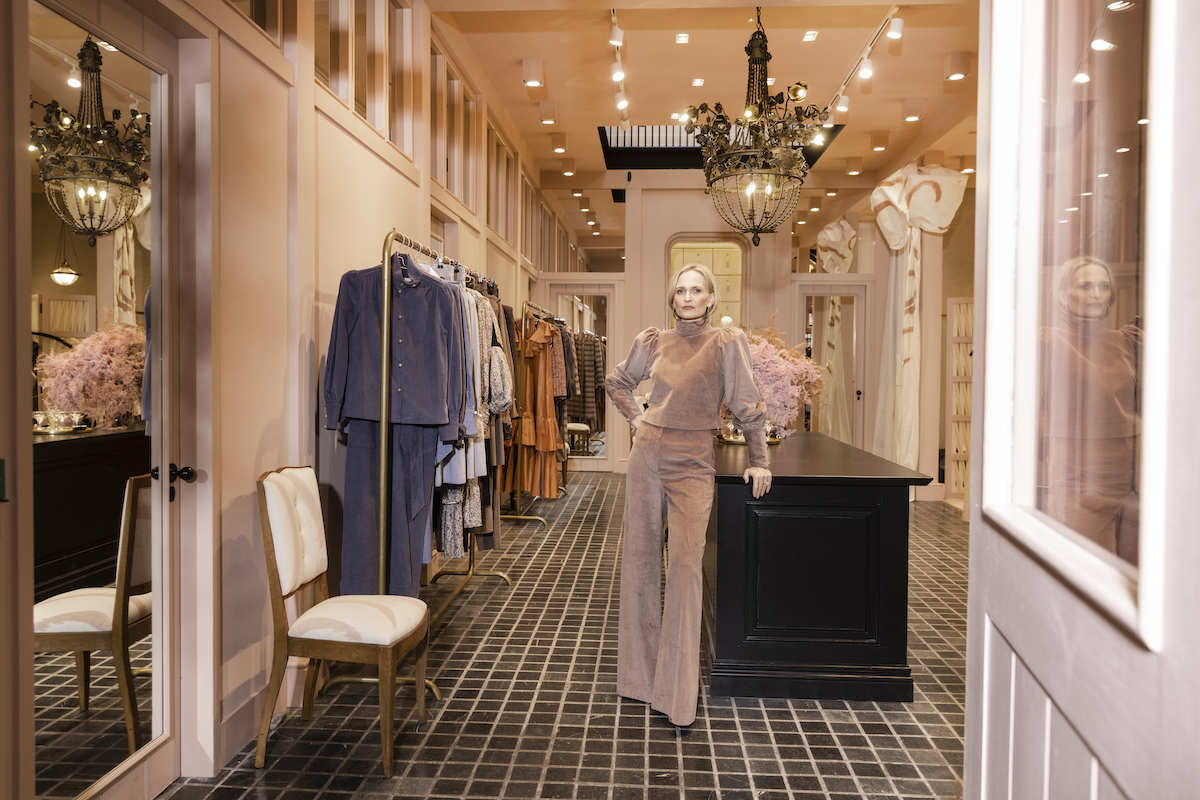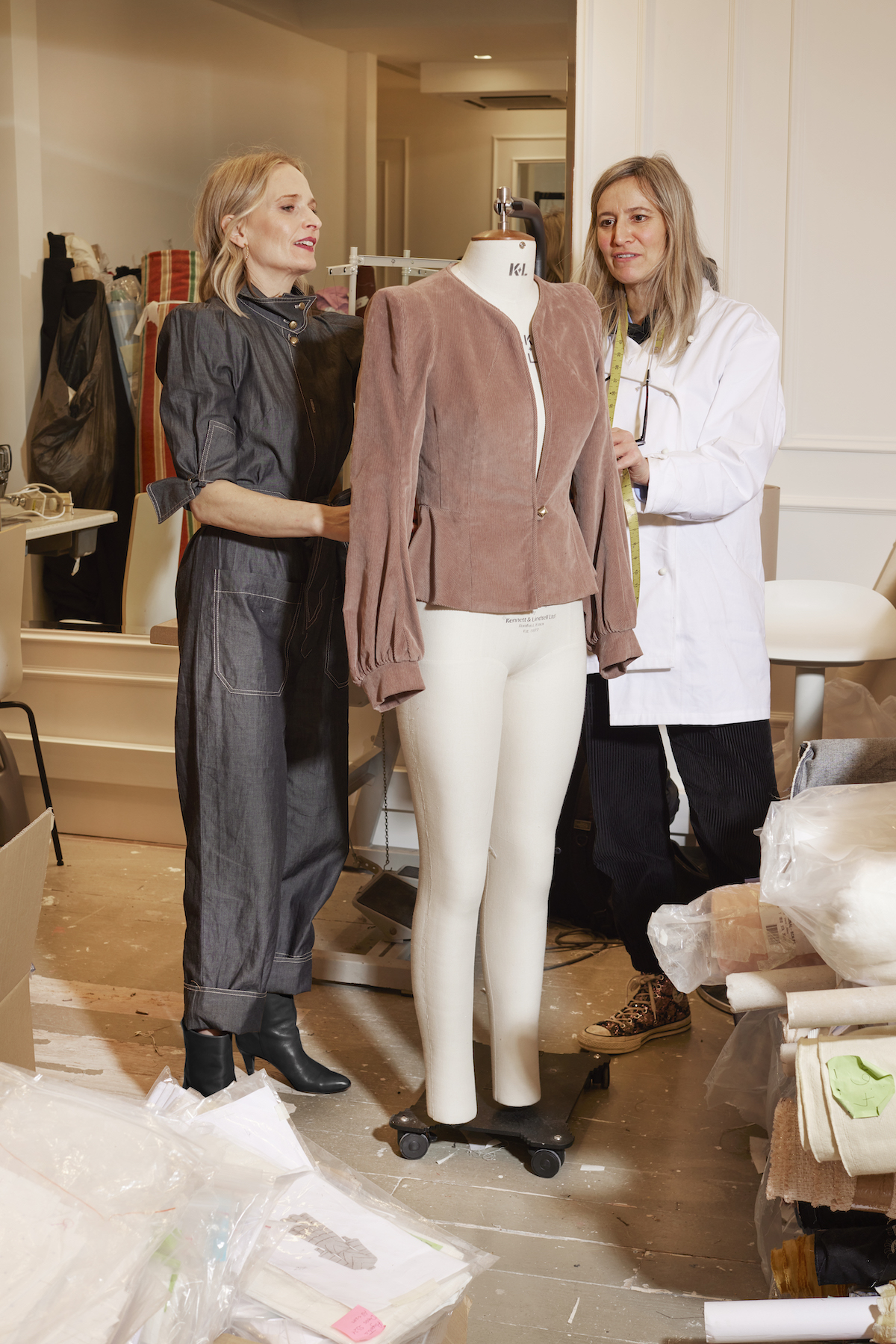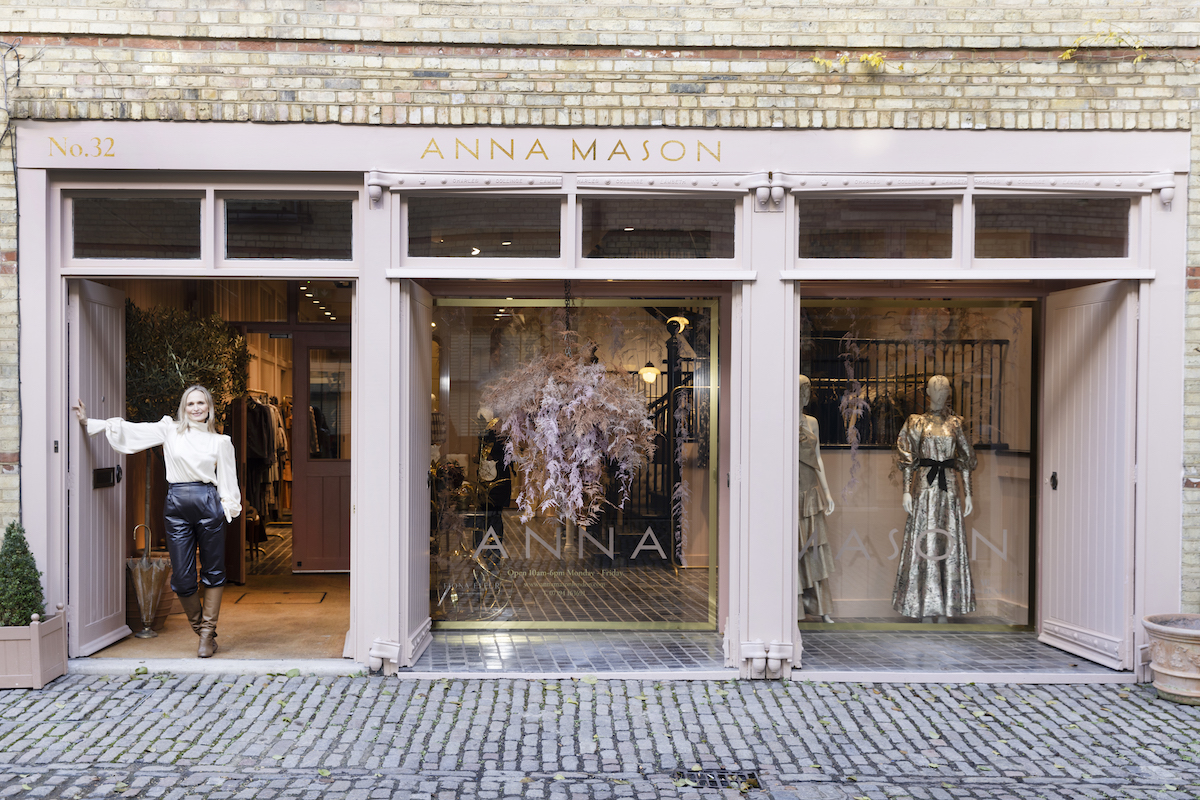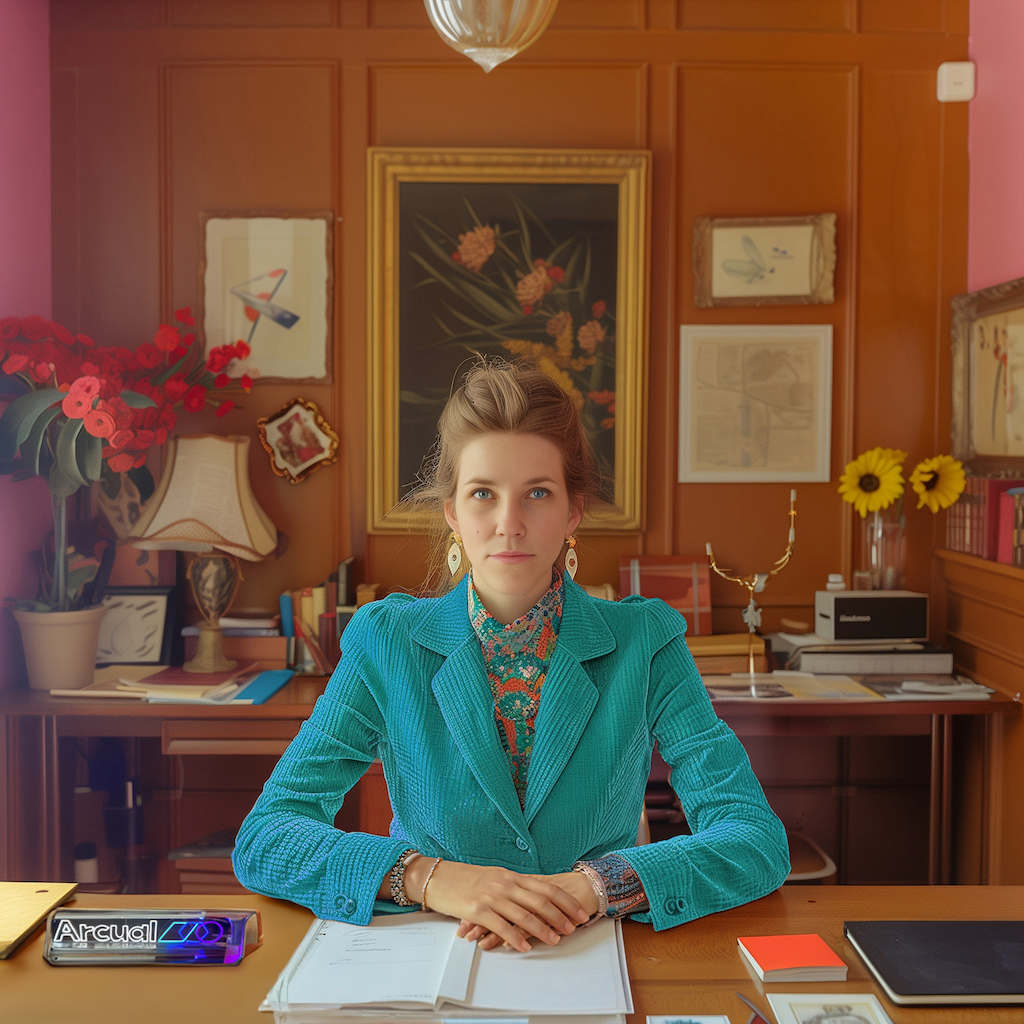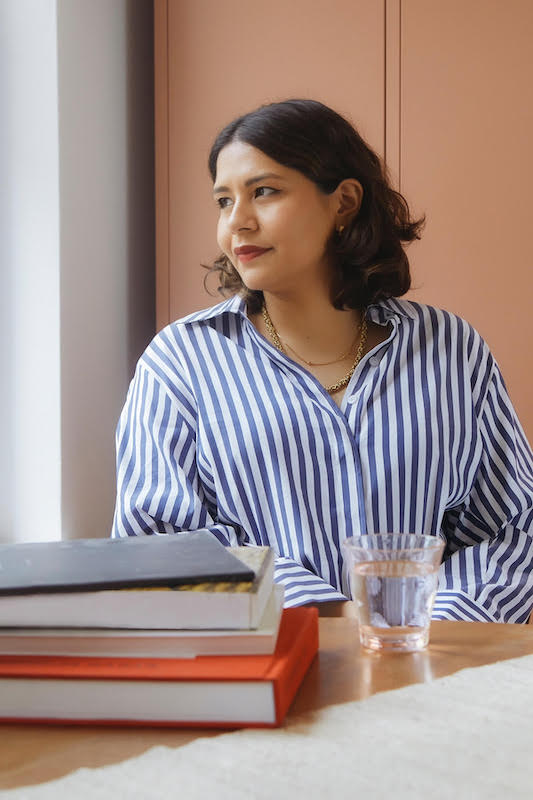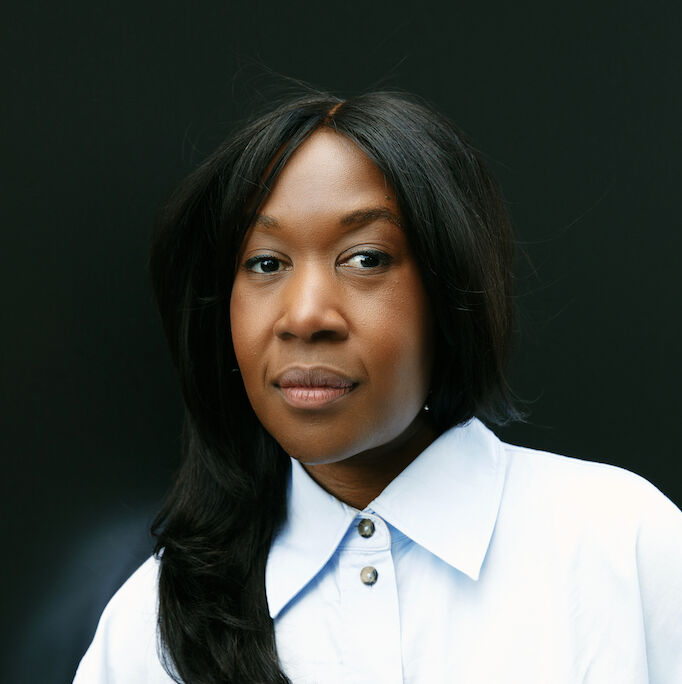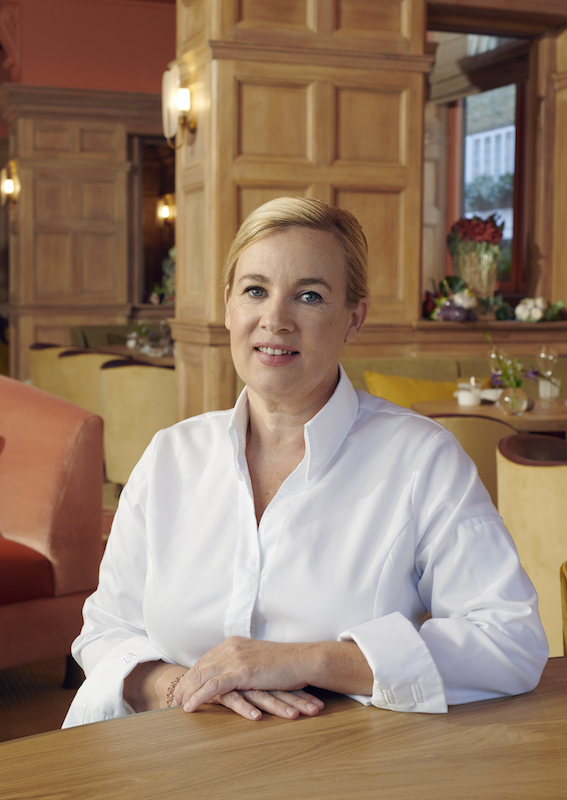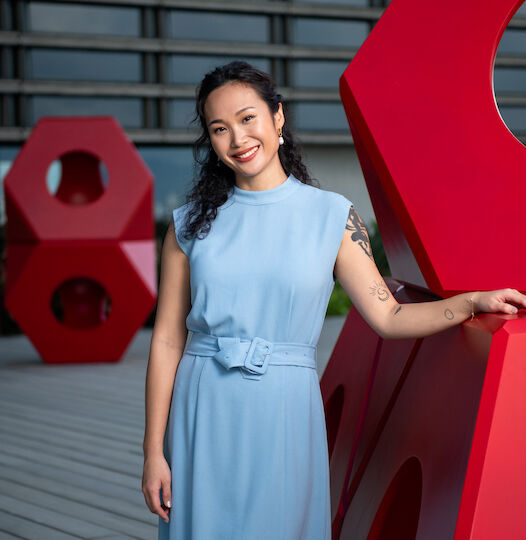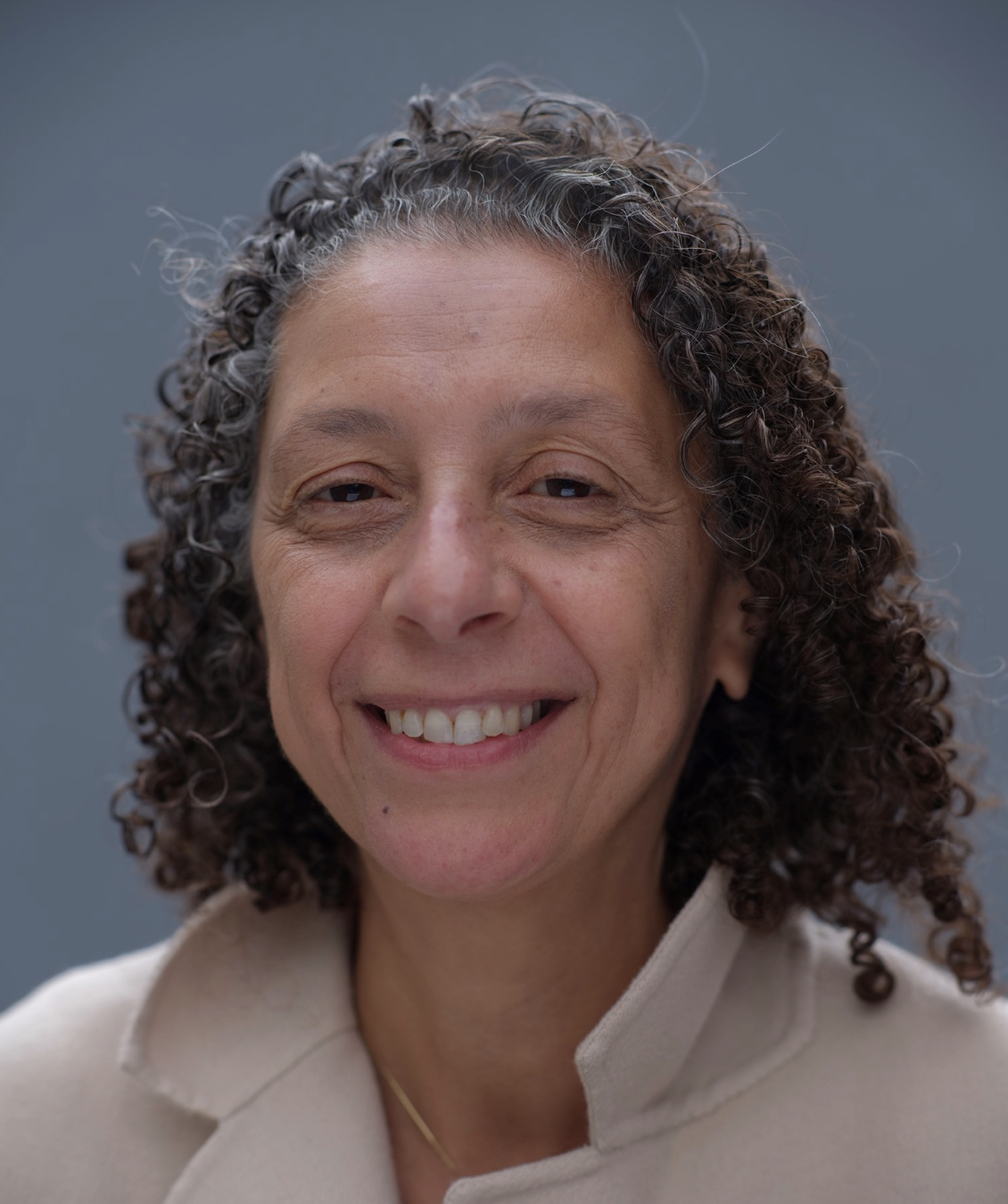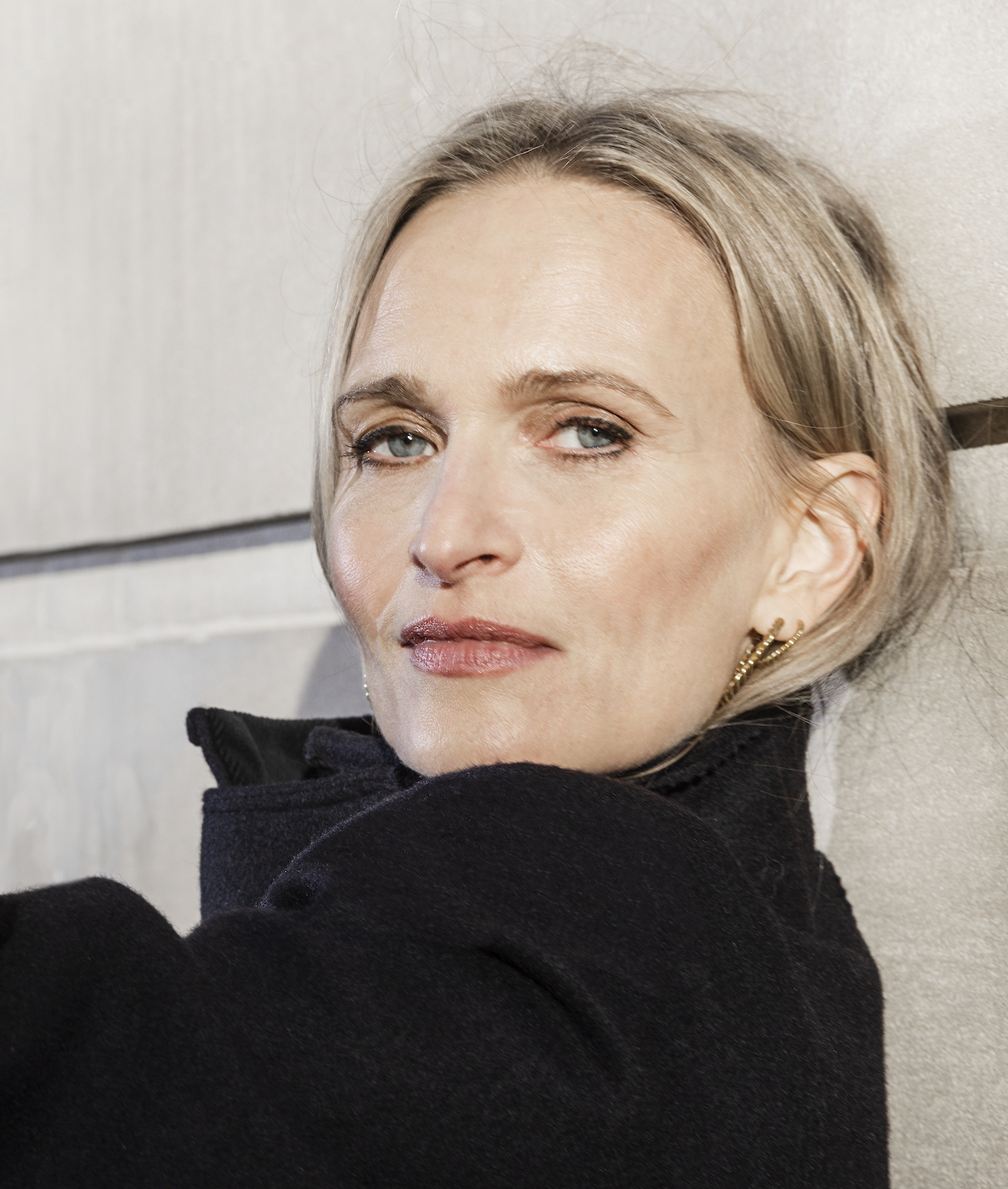

Interview Womenswear designer Anna Mason
In addition to successfully showing at London Fashion Week, the British luxury designer has had her collections picked up by Net-A-Porter and Saks Fifth Avenue, and has a devoted following of private clients eager to wear her feminine, romantic styles that are designed to match the needs of the modern woman and real-life situations. This Monday, she shares her typical schedule at her new Belgravia premises and biggest inspirations.
THE WICK: Talk us through a typical Monday.
Anna Mason: Monday starts at 6:15am when I get my daughter up and ready for school. Luckily, my gym is right next to the train station where I drop her off, so I’ll immediately go there. Then I’ll head home, have a bit of breakfast and get through some emails before heading into the office. I’ve just relocated to Belgravia, where we’ve got an entire mews building that houses everything — my seamstresses, design office, shop. Once I’m there, I’ll catch up with the seamstresses and anyone else I need to talk to. We have a weekly meeting at 2pm with the entire team. This is our opportunity to talk about everything — last week’s sales figures, sales targets for the week ahead, our digital reach, any pending concerns. It’s the time that every department gets a look-in.
TW: How did you find your creative voice in the fashion world?
AM: I really do what I believe in. I think about my life and those of other women, what we feel like in our clothes and the occasions in our lives, and what we might want to wear to them. I don’t only do occasionwear. Our collection is growing and I want to make sure there’s something for every moment, even if it’s just getting up and throwing something on. I do everything from the lens of a woman, and want to make sure it’s something that a woman would actually want to wear. My aesthetic is romantic but quite classic, direct and easy to wear, with a hint of drama and has, I hope, some newness. I want people to feel inspired to wear my clothes, and to think that they’re useful but really beautiful.
TW: Are there particular arts and cultural references that you’re inspired by?
AM:
I don’t keep going back to the same thing in arts and culture, but I do tend to go back to designers in history and different eras of fashion that I’m inspired by. I’m a clothes-focused designer, but have been really inspired by the Arts and Crafts movement, particularly William Morris, whose prints I regularly look at. I also look at Josef Frank’s prints — he came to be very attached to Sweden, and I’m half-Swedish, so I feel a shared affinity for Swedish design, which does sometimes appear in my work.
I often look at the national dress of various countries, which tend to be influenced by the time they were created. In 1920s and 1930s fashion, for instance, you’ll see some Art Deco influence, which I also reference in my designs. I dip in and out of different references, but I do really admire designers, like Roksanda Ilinčić, who will build entire collections inspired by a particular artist. Personally, I need to weave in different ideas, but this summer I did work with artist Jonathan Schofield. He drew a picture of my muse and her face became part of the print. We transposed his painting on to the fabric and used it to make dresses, and we launched that collection during London Fashion Week.
TW: How do you feel a sense of place has shaped your designs and the way you work, given that your career has taken you from Paris, to Italy and back to London?
AM: I certainly think it has. In London, because of the weather, your clothes have to be quite practical. It’s different in Italy, where come spring you’re not having to layer up in the same way. The influence of Paris on my designs is the heritage of elevated dressing up, and the high fashion element of it. It’s also a smaller city, which I think makes it a bit easier to dress up and be more extravagant in your outfits as you change them throughout the day, unlike in London, which is so much more sprawling. I think that informs why I always try to make my clothes a bit more elevated, so that the wearer can feel dressed up.
“I want people to feel inspired to wear my clothes, and to think that they’re useful but really beautiful.”
